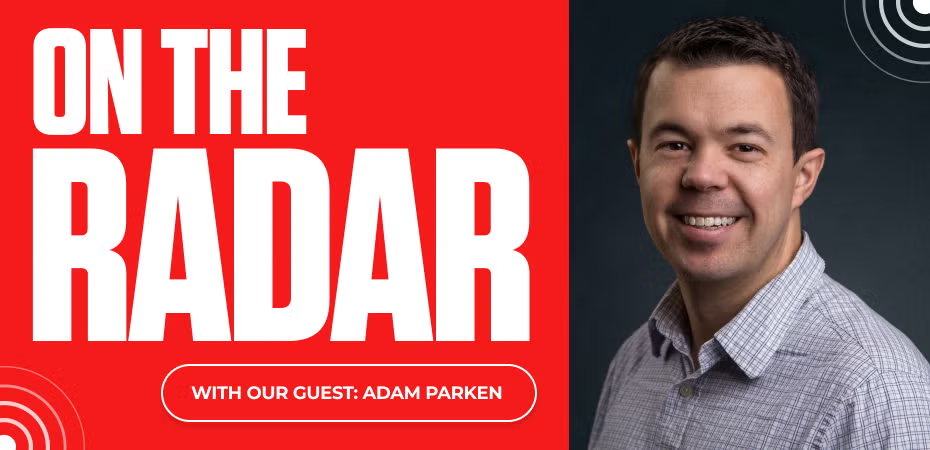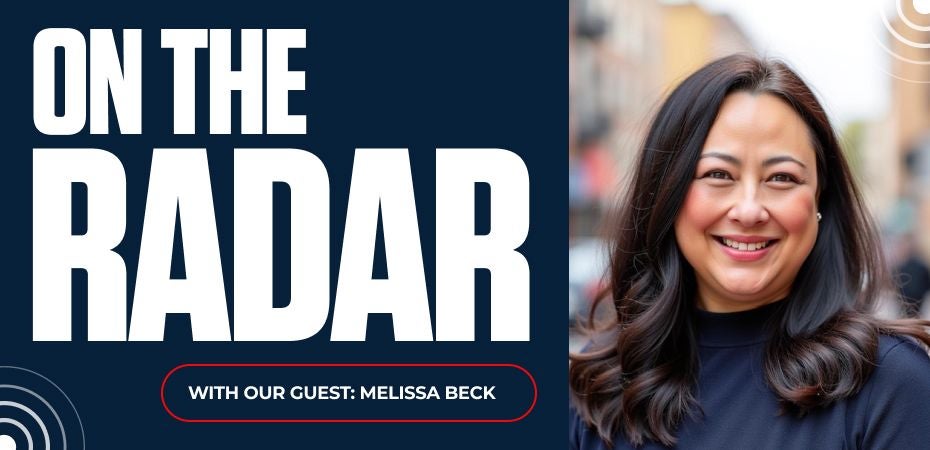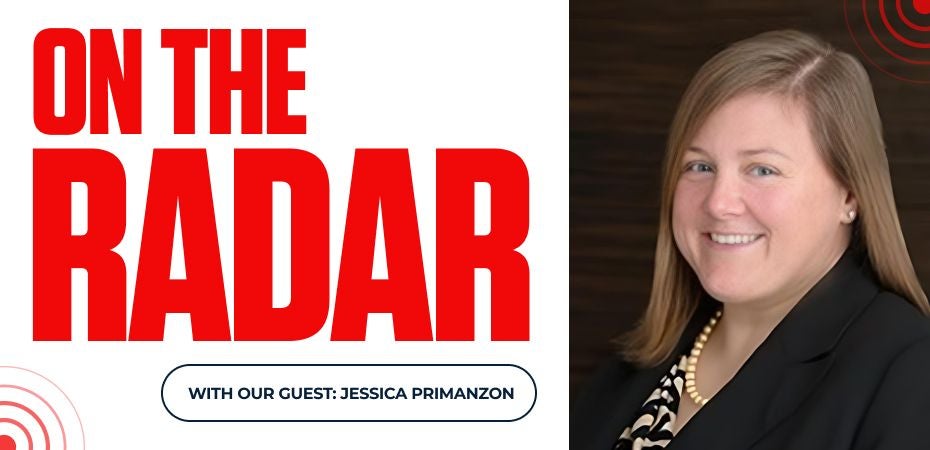August 12, 2025
| On the Radar | by Emily Brown | Branding,
Content,
Public Relations
Inside Adam Parken’s Communications Playbook for Category Leadership at Island

When a company introduces something truly new—something that doesn’t fit neatly into an existing market—the communications strategy must work twice as hard. It must educate, legitimize, differentiate, and repeat. For Adam Parken, Head of PR and Communications at Island, that work is both methodical and high-impact.
As the company behind the “enterprise browser,” Island is not just selling a product—it’s defining a new category. That means shaping perception across multiple audiences: analysts, media, customers, and the broader IT and security community. In this Q&A, Adam shares practical lessons on how organizations can use media relations, influencer engagement, and voice-of-the-customer programs to not only create a category—but lead it.
Q: What is Island, and what makes the enterprise browser a new category?
Adam Parken:
Island is the creator of the enterprise browser. It’s a new type of browser built specifically for the needs of organizations—not consumers, not advertisers. We launched the company about five years ago, and brought the enterprise browser to market roughly three and a half years ago.
Traditional browsers are great for personal use. But for decades, organizations have had to rely on consumer browsers that weren’t designed for enterprise environments. As a result, companies have layered on all kinds of technologies like virtual desktop infrastructure, endpoint security, data leakage protection, and more to make browsers secure for work.
Island’s Enterprise Browser brings all of those enterprise-grade requirements, including data protection, productivity controls, and secure access, into the browser itself. It’s built from the ground up for IT and security. And it’s why we’ve seen adoption across financial services, government, healthcare, retail, and other industries that have high standards for data security and operational integrity.
Q: What advice do you have for organizations looking to create a new category—and own it?
Adam Parken:
Creating a new category requires constant repetition. You have to be comfortable saying the same thing over and over again. We say “Island, the enterprise browser company” in every press release, in every sales deck, in every analyst briefing. People don’t always hear it the first, second, or tenth time—but it sticks eventually. And you have to stay consistent, even when others start entering the space and using similar terms in different ways.
You also have to be ready to educate. Even now, years after launch, we’re still explaining what an enterprise browser is. And we’ll keep doing that for years to come. It takes time for people to understand that you’re not just improving an existing product, you’re offering something entirely new.
Finally, be prepared to not fit into existing frameworks. I posted recently that you know you're creating a category when there's no right box to check on an award submission form. One month we’re insider threat detection, another month we’re zero trust access. These are things our product enables but they’re not what we are. You have to be willing to live in that ambiguity and keep reinforcing your message.
Q: How can media relations support category creation?
Adam Parken:
Media plays a big role in helping people understand and adopt new language and new ideas. When we had our $250M funding round in March, we used that moment to reach out to business media—The Wall Street Journal, Reuters, CNBC—and reinforce the broader narrative: this isn’t just a new product, it’s a new category.
Outside of funding moments, we look for ways to tell real stories through our customers. One of my favorite examples is a piece in VentureBeat featuring the CISO of Clearwater Analytics. He talked about using Island to manage the risk of “shadow AI”—employees using unauthorized AI tools that could expose sensitive data.
That kind of customer voice, framed around a timely problem, is incredibly powerful. It shows real-world relevance and helps people see why something like an enterprise browser is more than a niche idea.
Q: You're also experimenting with influencers and emerging platforms. What’s your approach?
Adam Parken:
We’re starting to explore partnerships with cybersecurity influencers—people who already have an engaged audience through Substack, YouTube, LinkedIn Live, or podcasts. Some of them are already talking about enterprise browsers, which tells us there’s interest.
The key is finding the right voices—people who understand the problems we solve, and whose audiences care about those issues. We're approaching it like building a balanced portfolio: different platforms, different voices, different formats. We’re meeting with a lot of these folks at Black Hat and seeing where the opportunities are.
Influencers bring something that brands often can’t. They can speak candidly, share personal experiences, and engage on a more conversational level. We see them as a way to reach audiences where they are, through people they already trust.
Q: Voice of the customer is clearly a big part of your communications strategy. What makes it work?
Adam Parken:
It starts with having a great product. No amount of PR will get an unhappy customer to speak on the record. Our product and customer success teams deserve all the credit—they’ve built something people love and are proud to talk about.
Once that foundation is there, we look for opportunities to showcase those stories in ways that are authentic. Sometimes that’s a video, like our testimonial with Hendrick Motorsports. Other times, like with Clearwater Analytics, it’s a written piece in a major outlet.
The sequence matters, too. In the VentureBeat case, we already had a video testimonial with Clearwater Analytics in the works. So when the reporter asked for a CISO source, there was already familiarity and trust. That made it easier for the customer to say yes.
Q: Any closing advice for comms professionals seeking to define a brand in an emerging category?
Adam Parken:
Be clear about what you want your audience to feel. At Island, everything from our colors to our name is designed to feel calm, trustworthy, and safe. We’re not trying to look like every other cybersecurity company with dark backgrounds and red flashes. We want our brand to signal sanctuary, because that’s what a browser should be for enterprises.
And lastly, filter your decisions through the lens of your stakeholders. At Island, we constantly ask: is this the right thing for our customers, our employees, and our investors? That framework keeps us grounded, and it shapes everything from our product to our PR strategy.
—---
Island’s journey is a strong reminder that category creation isn’t just about having a good idea—it’s about committing to it at every level. Through thoughtful storytelling, consistent messaging, and a clear sense of purpose, Adam and his team are showing how communications can help shape not just a product launch but a new way of thinking.
Looking to build your own category? Whether you’re launching something new, repositioning something familiar, or finding your voice in a crowded space, REQ is here to help. Let’s talk.

